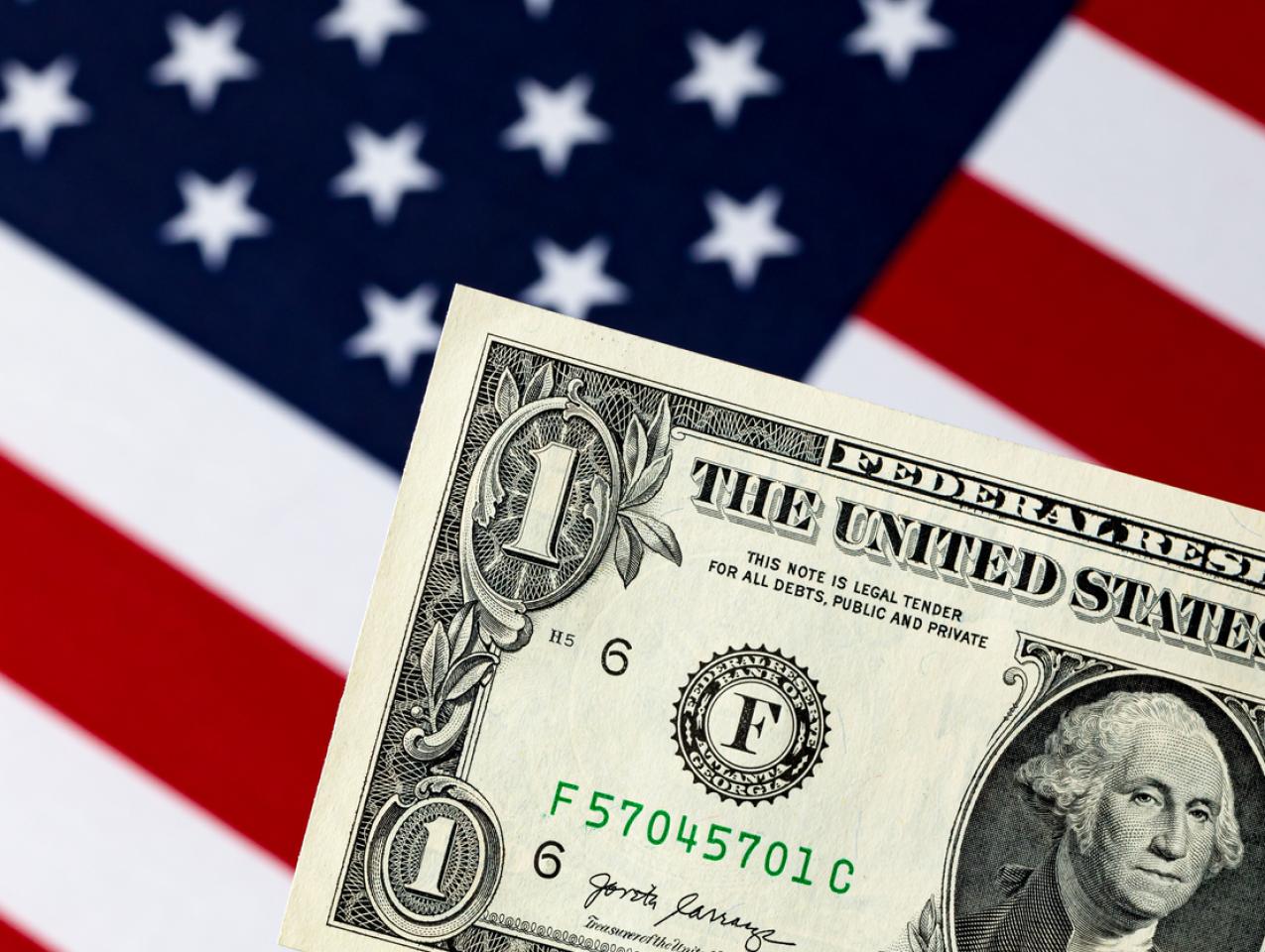Will the US Dollar Maintain Its Dominance in the Global Financial System in 2024?

Will the US Dollar Maintain Its Dominance in the Global Financial System?-The US dollar has long been the backbone of the global financial system, playing a central role in international trade, investment, and reserves. For decades, it has been the preferred currency for countries, businesses, and investors worldwide. But as we move further into the 2020s, many are asking: Will the US dollar continue to hold its dominant position in the global financial landscape? With rising geopolitical tensions, the growth of alternative digital currencies, and shifting economic power dynamics, some experts believe the reign of the US dollar could be challenged. In this article, we will examine the factors that support the dollar’s supremacy, the forces working against it, and whether the US dollar can maintain its global dominance in the years ahead.
The US Dollar’s Current Dominance

The US dollar enjoys a unique position in the global economy. It is the world’s primary reserve currency, accounting for around 60% of global foreign exchange reserves, according to the International Monetary Fund (IMF). The US dollar is also the most widely used currency for international trade and investment, particularly in commodities such as oil, gold, and agricultural products. Additionally, most global transactions and financial instruments—such as loans, bonds, and foreign exchange markets—are denominated in US dollars.
One of the main reasons for the dollar’s dominance is the economic strength of the United States. As the world’s largest economy, the US has a powerful financial system and the deepest, most liquid capital markets. The dollar benefits from this stability and trust, making it a safe haven for investors in times of uncertainty. Furthermore, the US dollar‘s role as the global reserve currency has created a network effect, where countries and institutions continue to use the dollar because it is widely accepted, making it difficult for any other currency to take its place.
The Role of the US Dollar in Global Trade
The US dollar plays an indispensable role in global trade. Many of the world’s most important commodities—such as oil, natural gas, and metals—are priced in dollars, a practice known as the “petrodollar system.” This means that countries around the world need to hold dollars to engage in international trade, particularly in these key commodities. The dollar’s dominance in global trade helps reinforce its position as the primary reserve currency.
In addition to commodities, international businesses and financial institutions often prefer to denominate contracts, loans, and investments in US dollars. This simplifies cross-border transactions and reduces the risk of currency fluctuations. For example, many countries, particularly in developing regions, borrow in US dollars because the dollar is seen as a stable and reliable currency. This gives the US significant influence over the global financial system, as many countries depend on the dollar for financing, trade, and investment. (Read More: The Role of Technology in Business Transformation on 2024: A Catalyst for Evolution)
Rising Alternatives: The Pushback Against the US Dollar

Despite the US dollar’s dominance, there are increasing signs that the global financial landscape could be shifting. Several factors are working against the US dollar, suggesting that its monopoly on global finance may not be as secure as it once was.
- Geopolitical Tensions and De-Dollarization: In recent years, some countries—especially those with strained relations with the United States, such as Russia and China—have actively pursued policies of “de-dollarization.” These countries are reducing their reliance on the US dollar by conducting trade in local currencies or alternative currencies like the euro or the Chinese yuan. Russia, for example, has significantly reduced its dollar reserves and encouraged its trading partners to use the ruble or other currencies in transactions. Similarly, China has been promoting the use of the yuan in trade agreements, particularly within its Belt and Road Initiative. (Read More: Understanding the Market Economy: Top Concepts for Modern Investors)
- Digital Currencies and Blockchain Technology: Another challenge to the US dollar‘s dominance comes from the rise of digital currencies and blockchain technology. Cryptocurrencies like Bitcoin and Ethereum, as well as central bank digital currencies (CBDCs), are gaining popularity as alternatives to traditional fiat currencies. While still in the early stages of development, these digital currencies offer a decentralized and borderless way to transfer value without relying on a central authority like the US Federal Reserve. As more countries explore the potential of digital currencies, the demand for the US dollar could decrease, particularly in cross-border transactions and foreign exchange markets.
- The Growing Influence of the Euro and Chinese Yuan: The euro and Chinese yuan are two currencies that are increasingly being used in international trade and finance. The European Union, as the world’s second-largest economy, has been making strides to promote the euro as an alternative to the dollar in global transactions. Similarly, China’s economic rise has led to greater international use of the yuan, particularly in Asia and Africa. In 2024, China’s yuan was added to the IMF’s Special Drawing Rights (SDR) basket, a move that further legitimized the currency in the eyes of international investors.
- Global Economic Shifts: The economic balance of power is gradually shifting away from the West, particularly the US, toward emerging markets, especially in Asia. With China and India rapidly growing in economic power, the US dollar may face increasing competition as more global trade and investment occur in other currencies. As countries diversify their reserves and trade partners, the demand for US dollars may decline, reducing its dominance over time. (Read More: The Future of Business Analyst Jobs: Skills and Tools You Must Have)
Will the US Dollar Maintain Its Position?

While the rise of alternatives to the US dollar poses challenges, it is unlikely that the dollar will lose its global dominance in the short term. The US dollar benefits from several entrenched advantages, including the size of the US economy, its deep financial markets, and its role in global trade and investment. Despite de-dollarization efforts, many countries still prefer the US dollar for its liquidity, stability, and widespread acceptance.
Moreover, while digital currencies may offer new ways to conduct transactions, they face regulatory, security, and scalability challenges that prevent them from replacing the US dollar in the near future. Central banks around the world are exploring digital currencies, but the transition to a fully digital financial system is likely to take years, if not decades.
Conclusion: The Future of the US Dollar
In 2024, the US dollar remains a dominant force in the global financial system, but it is facing increasing competition from other currencies and emerging financial technologies. While de-dollarization and digital currencies are reshaping parts of the financial landscape, the US dollar is unlikely to lose its status as the world’s primary reserve currency in the immediate future. However, as the global economy evolves, the dollar’s supremacy could be challenged, and its dominance may gradually diminish over time. For now, though, the US dollar continues to play a central role in international trade, investment, and global financial markets, maintaining its power in an increasingly multipolar world.





